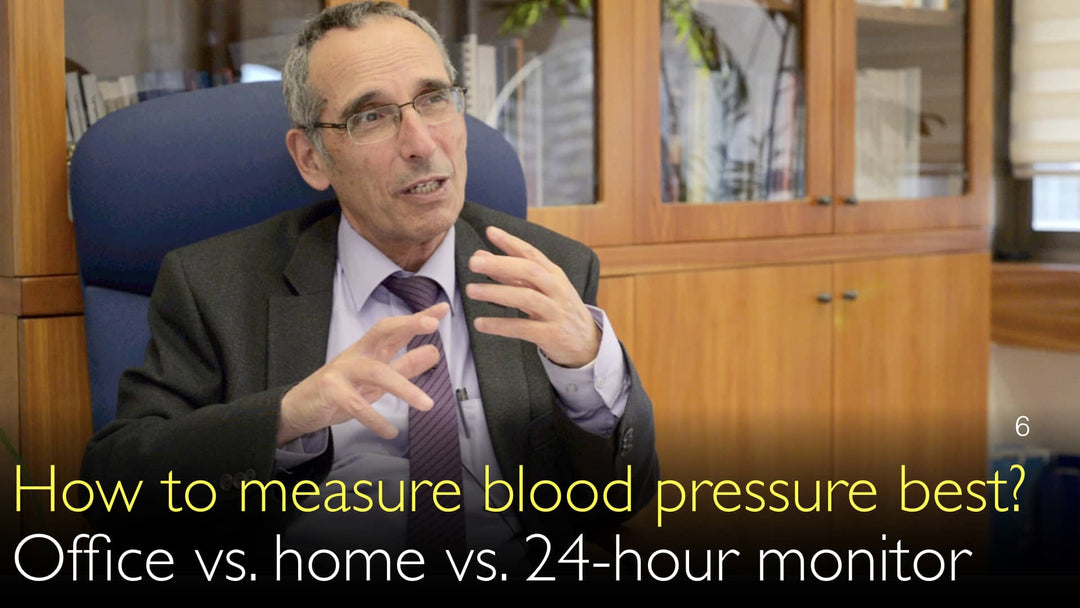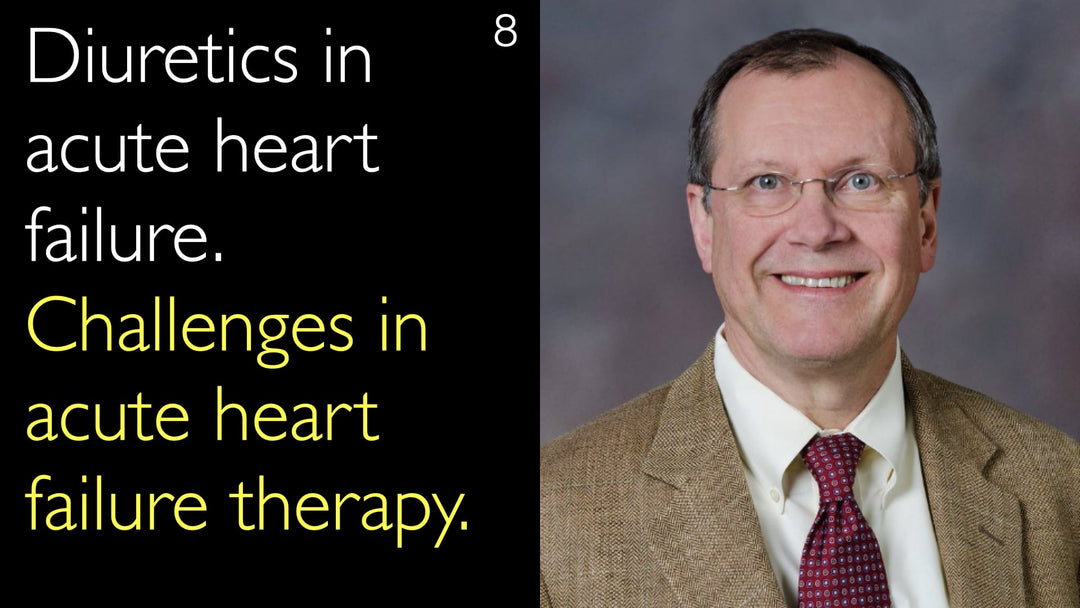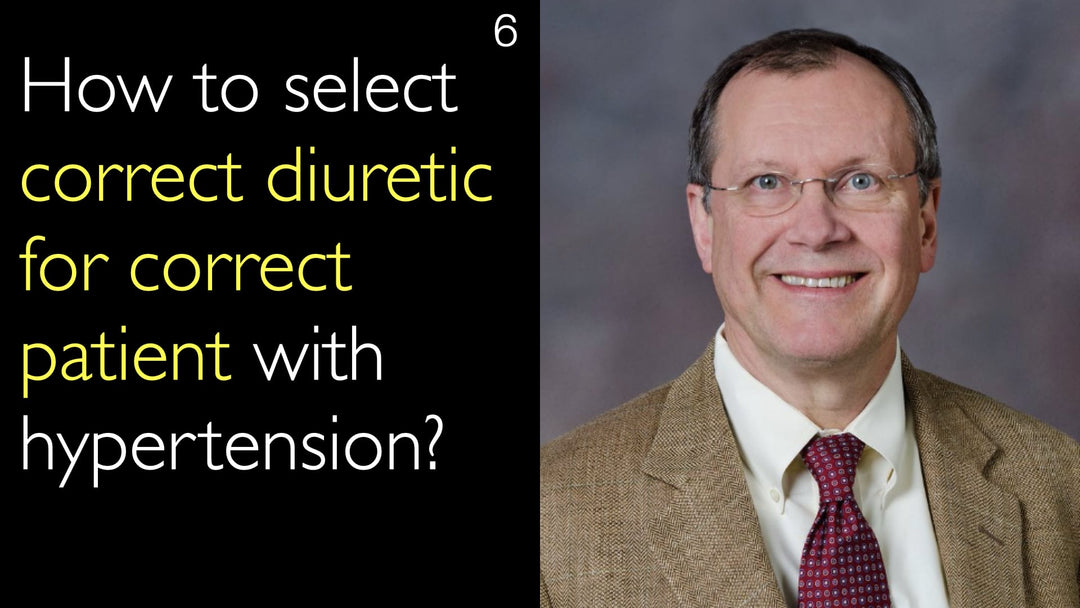Leading expert in hypertension, Dr. Ehud Grossman, MD, explains how to measure blood pressure accurately. He details the limitations of single office readings. Dr. Grossman advocates for 24-hour ambulatory blood pressure monitoring. This method provides superior prediction of future cardiovascular risk. It identifies white coat hypertension and non-dipper patterns. Home monitoring is an alternative but can cause patient anxiety.
Optimal Blood Pressure Measurement: Comparing Office, Home, and 24-Hour Monitoring
Jump To Section
- Office Blood Pressure Limitations
- Ambulatory Monitoring Superiority
- White Coat Hypertension Prevalence
- Nocturnal Dipping Patterns
- Clinical Guideline Recommendations
- Home Monitoring and Anxiety
- Full Transcript
Office Blood Pressure Limitations
Dr. Ehud Grossman, MD, clarifies a common phenomenon in blood pressure measurement. Office readings are often higher than those taken in a patient's normal environment. This single measurement in a clinical setting is a known predictor of future cardiovascular events. However, Dr. Ehud Grossman, MD, emphasizes its significant limitations. It does not capture the full picture of a patient's blood pressure throughout the day and night.
Ambulatory Monitoring Superiority
The primary goal of hypertension treatment is to prevent stroke, myocardial infarction, and heart failure. Dr. Ehud Grossman, MD, states that 24-hour blood pressure monitoring predicts these future risks much better than a clinic reading. This method provides a comprehensive profile. It calculates the average blood pressure during the day and the average during the night. The data reveals critical information like heart rate and blood pressure variability between measurements.
White Coat Hypertension Prevalence
Dr. Grossman's research identifies a specific condition known as white coat hypertension. Approximately 20% to 25% of the population exhibits this effect. These patients show elevated blood pressure measurements in a doctor's office. Their 24-hour ambulatory monitoring reveals normal blood pressure levels. This diagnosis is crucial. It prevents the unnecessary treatment of patients who are not truly hypertensive.
Nocturnal Dipping Patterns
A key insight from 24-hour monitoring is the assessment of nocturnal dipping. Dr. Ehud Grossman, MD, explains that blood pressure normally drops during sleep. A subpopulation of individuals are "non-dippers." Their blood pressure fails to lower adequately at night. This pattern is a significant independent risk factor. Non-dippers face a greater future risk of stroke, heart attack, and heart failure.
Clinical Guideline Recommendations
International hypertension guidelines have incorporated these findings. Dr. Ehud Grossman, MD, notes that British NICE guidelines recommend 24-hour blood pressure monitoring for every new patient. American and European hypertension society guidelines also advocate for out-of-clinic measurements. They acknowledge home blood pressure monitoring as a valid alternative to ambulatory monitoring for diagnosis and management.
Home Monitoring and Anxiety
While home monitoring is a guideline-recommended option, Dr. Ehud Grossman, MD, highlights a potential drawback. Some patients experience anxiety when they see an elevated reading on their home device. This anxiety can trigger a further rise in blood pressure. It creates a vicious cycle that is difficult to break. For this reason, Dr. Grossman personally prefers 24-hour ambulatory monitoring. It provides more objective data without the potential for patient-induced error or stress.
Full Transcript
Dr. Anton Titov, MD: Maybe this is the opportunity to mention that when people get blood pressure measured in the doctor's office, it's usually a little bit higher than home measurement. In some of the publications, including some of the reviews that you published, it was an important analysis how different clinical trials measured blood pressure in different ways. Now we have devices for home monitoring of blood pressure that might give more true values of blood pressure. Could you please discuss office versus home blood pressure measuring?
Dr. Ehud Grossman, MD: Yes, the point is the main question that we ask is: Why do we treat high blood pressure? We treat hypertension to prevent future disease—stroke, myocardial infarction, congestive heart failure. What can predict the future best?
We found that the single arterial blood pressure measurement in the clinic predicts the future, but 24-hour blood pressure monitoring predicts the future much better. We also found in several studies that a certain percent of the population, around 20 to 25%, have elevated blood pressure measurements in the clinic, but when we do 24-hour blood pressure measurements, we see that the blood pressure is normal. So this is a "white coat effect" due to anxiety.
We also found that we could measure the blood pressure during nighttime, and we found a subpopulation that don't lower the blood pressure during nighttime, which means they are "non-dippers." We also know that this "non-dippers" population are at a greater risk for the future, such as stroke, heart attack, and heart failure.
So we know today that measuring blood pressure in the clinic is not necessarily correct, and it does not reflect in all patients a 24-hour pattern of the blood pressure. We prefer today to use more and more 24-hour blood pressure measurement equipment to define how the blood pressure is controlled, and if the patient has elevated blood pressure or not.
British NICE in their recommendations suggested doing the 24-hour blood pressure monitoring in every new patient. American and European hypertension society guidelines say we need to use out-of-the-clinic blood pressure levels, but not necessarily 24-hour blood pressure monitoring. It can also be done at home by the patient.
The point is that many patients at home are anxious when they see the elevated level of blood pressure—it causes more anxiety, and then the blood pressure goes up, and they're in a vicious circle that you cannot stop. So we prefer, and I personally prefer, to use more and more the 24-hour blood pressure monitoring equipment to define hypertension, "white coat syndrome," "dipper," or "non-dipper."
I get much more information when I use 24-hour blood pressure monitoring as compared to just partial measurements at the clinic.
Dr. Anton Titov, MD: Blood pressure numbers that you would look at in a 24-hour blood pressure measurement would be the average blood pressure numbers?
Dr. Ehud Grossman, MD: Yes, average during the day, average during the night. You can also see the heart rate, which is very important for choosing the medications, and you can also see what we call blood pressure variability—what is the difference between measurement to measurement. If it's too chaotic and they have low and high blood pressure values, these patients are at a high risk for stroke, heart attack, or heart failure.








